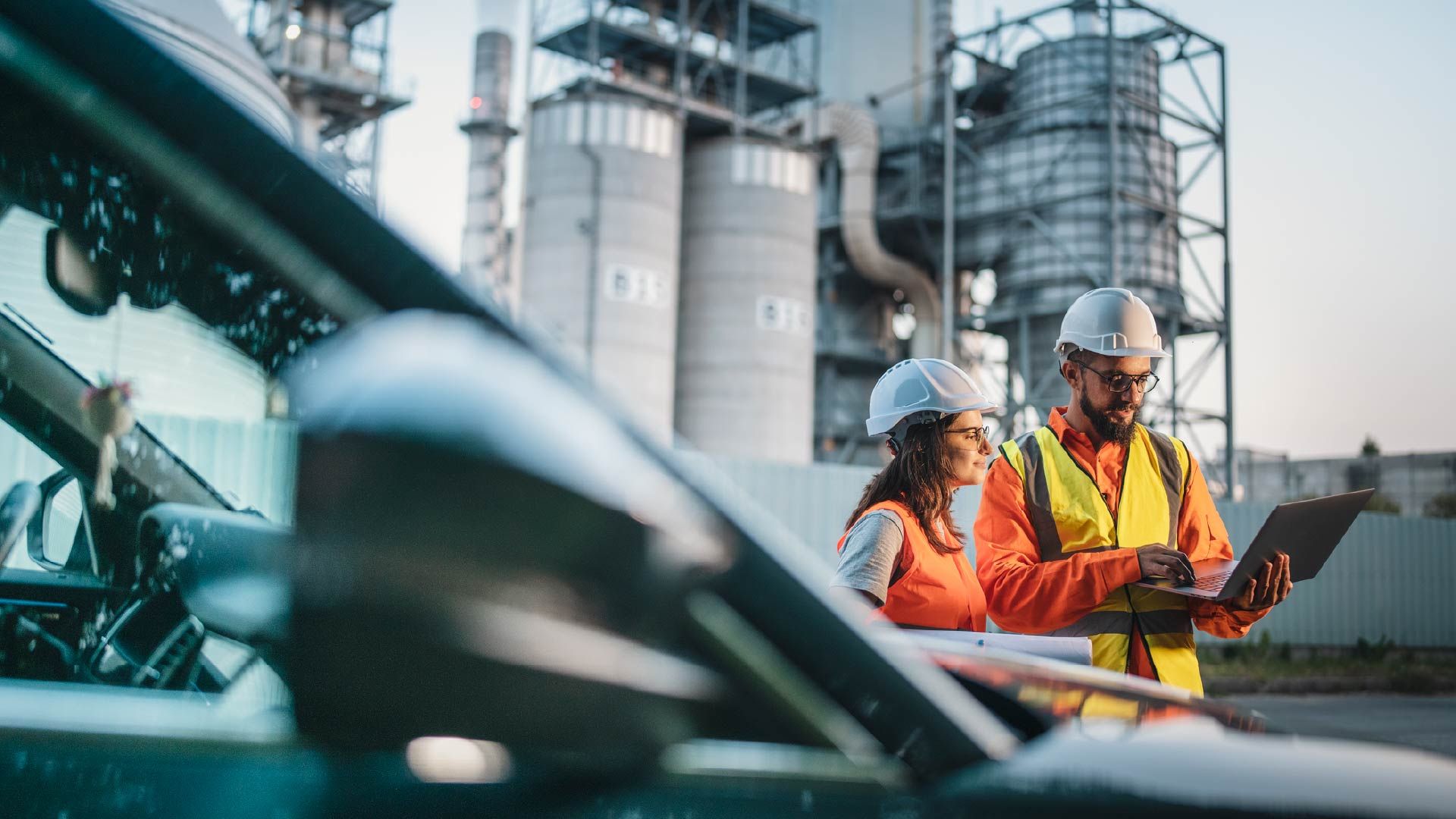Computer Vision: Why It Has The Potential To Revolutionise EHS
11 Mar, 2022
Whether it be driverless cars, national security or healthcare, the commercial applications of computer vision algorithms have grown rapidly over the last two years. Further removed from the public eye, several vendors have developed burgeoning EHS solutions leveraging the power of AI-enabled video analytics. A primary factor attributing to computer vision’s vast potential within EHS is its versatility to be leveraged for risk identification. This adaptability has seen multiple innovative computer vision solutions featuring in our 10 emerging EHS tech firms to watch report, with use cases feeding into multiple aspects of EHS ranging from ergonomic assessments to fatigue monitoring. Development of EHS computer vision solutions has been accelerated by large investment, take Ambient a 2017 start-up solution designed to detect potentially dangerous situations, which was able to secure $52 million in venture capital funding. These waves of PE investment are a clear indication of the strong value proposition of computer vision for EHS, in the next decade, expect organisations to deploy computer vision for use across the entire gamut of operations.
But other than its adaptability to different EHS use cases, what benefits can computer vision bring to safety programmes? Firstly, computer vision can drive greater efficiency within EHS risk assessment processes, take the ergonomics solutions provided by vendors such as Cority, MOOVENCY and VelocityEHS, which applies video analytics algorithms to identify musculoskeletal risks within a short 5-minute evaluation. In addition to speed, the intrinsic learning nature of the solutions negates the need for expensive subject matter experts to carry out assessments.
An additional benefit of computer vision is its unintrusive nature. Take for example Cipia, it’s solutions can be integrated into vehicles and uses computer vision to identify fatigue in drivers using blink rate, gaze and posture, without distracting them from the road. Unlike traditional reporting mechanisms, video analytics tools are entirely relentless in the task of risk identification. Vendors such as Intenseeye, EarthCam and IBM use AI algorithms to assess live CCTV footage from existing surveillance infrastructure to detect a wide array of risks, including proximity, working from height, fire and improper PPE. Leveraging these solutions exponentially increasing the data input available to EHS professionals, allowing them to passively identify leading indicators and assess incident footage to accurately disseminate corrective and preventative action.
Although computer vision can drive numerous benefits, there are potential blockers in place to temper its growth. The outstanding hurdle to overcome is that of privacy concerns associated monitoring workers and the liability concerns involved with relying on artificial intelligence, that were detailed in our recent Verdantix report. If you would like to read more on computer vision and other exciting technologies in EHS, please consider reading our Verdantix report 10 Exciting EHS Technologies To Watch In 2022.
But other than its adaptability to different EHS use cases, what benefits can computer vision bring to safety programmes? Firstly, computer vision can drive greater efficiency within EHS risk assessment processes, take the ergonomics solutions provided by vendors such as Cority, MOOVENCY and VelocityEHS, which applies video analytics algorithms to identify musculoskeletal risks within a short 5-minute evaluation. In addition to speed, the intrinsic learning nature of the solutions negates the need for expensive subject matter experts to carry out assessments.
An additional benefit of computer vision is its unintrusive nature. Take for example Cipia, it’s solutions can be integrated into vehicles and uses computer vision to identify fatigue in drivers using blink rate, gaze and posture, without distracting them from the road. Unlike traditional reporting mechanisms, video analytics tools are entirely relentless in the task of risk identification. Vendors such as Intenseeye, EarthCam and IBM use AI algorithms to assess live CCTV footage from existing surveillance infrastructure to detect a wide array of risks, including proximity, working from height, fire and improper PPE. Leveraging these solutions exponentially increasing the data input available to EHS professionals, allowing them to passively identify leading indicators and assess incident footage to accurately disseminate corrective and preventative action.
Although computer vision can drive numerous benefits, there are potential blockers in place to temper its growth. The outstanding hurdle to overcome is that of privacy concerns associated monitoring workers and the liability concerns involved with relying on artificial intelligence, that were detailed in our recent Verdantix report. If you would like to read more on computer vision and other exciting technologies in EHS, please consider reading our Verdantix report 10 Exciting EHS Technologies To Watch In 2022.
Discover more EHSQ Corporate Leaders content
See More
About The Author

Tom Brown
Senior Consultant, Advisory Services





